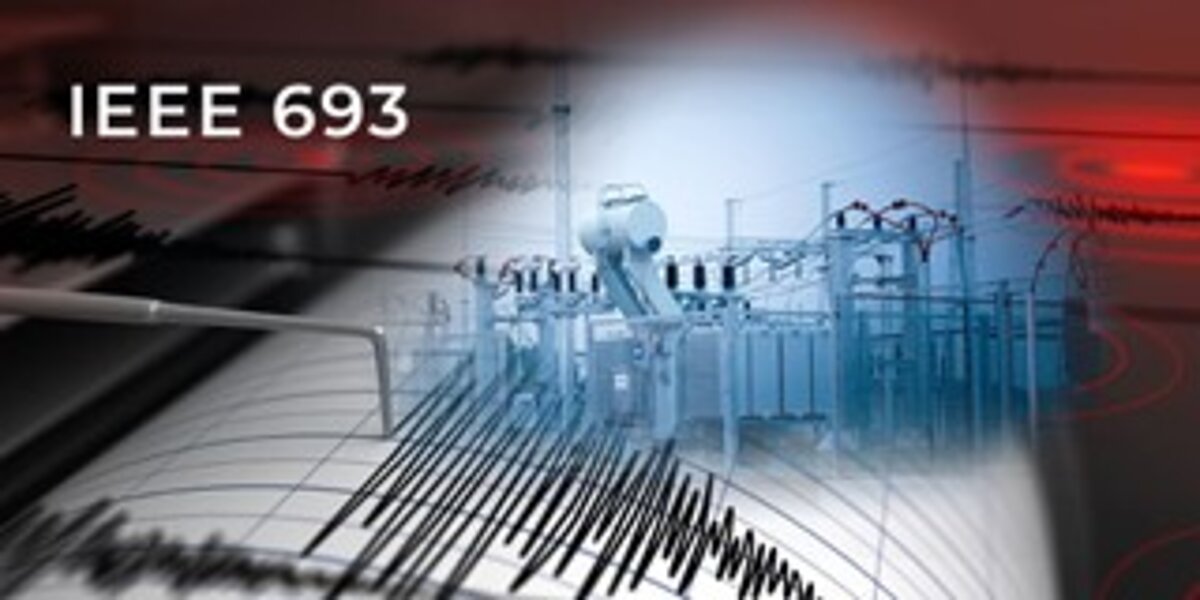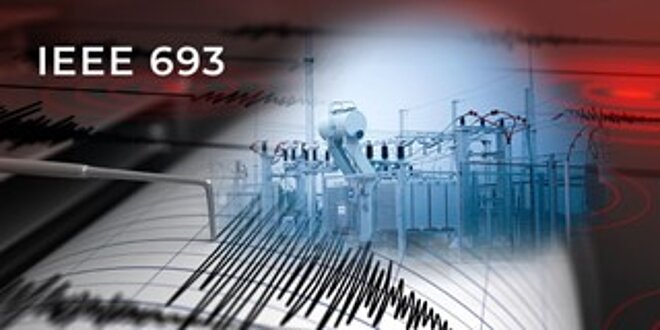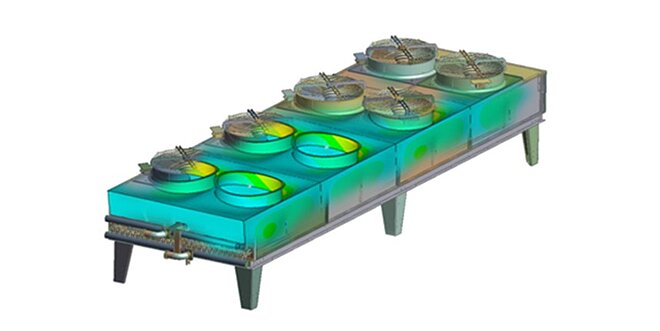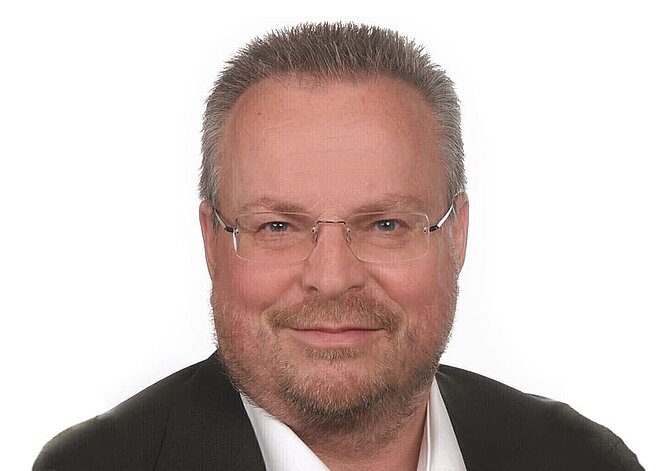Earthquake safety for technical components

Earthquakes are comparatively rare in Europe and Germany. Nevertheless, component manufacturers for transformer substations, control systems and even battery systems must provide proof according to IEEE 693. According to the standard, qualification can also be achieved through simulations. In addition to saving time and money, appropriate simulation calculations offer additional advantages.
The IEEE 693 standard is an earthquake standard for earthquake-compatible design, especially of installed equipment in substations. Static acceleration tests and shaking tables are used to test components for their safety in earthquake situations. This is important to minimise hazards in case of detaching parts in the event of an earthquake.
This standard is increasingly being used in other industrial sectors. Here, a physical test to qualify the products according to IEEE 693 is no longer necessary. Within the scope of engineering calculations by means of simulation, the same loads can be calculated for quasi-static accelerations, up to the standardised IEEE 693 Required Response Spectrum (RSS) method, as are applied in the shaking tests on the shaking table.
The advantage of the numerical calculations is not only the time and cost reduction, as time-consuming preparations and cost-intensive material consumption are avoided. Rather, it is also about making possible critical factors visible. During the real test, for example, it must be determined what the possible reasons are for the failure of the parts. This is not always obvious. Numerical calculations, on the other hand, show even the smallest points of failure or make factors visible that might not show up through pure observation.
"The great advantage of the simulation model is that we can optimise and test the design of the parts "on site". This means that often cost-intensive development phases can be very specifically reduced in advance," says Dipl.-Ing. (TU) Stefan Merkle, Managing Director of Merkle & Partner GbR.
Further information at: www.merkle-partner.de
(2.136 Zeichen)


